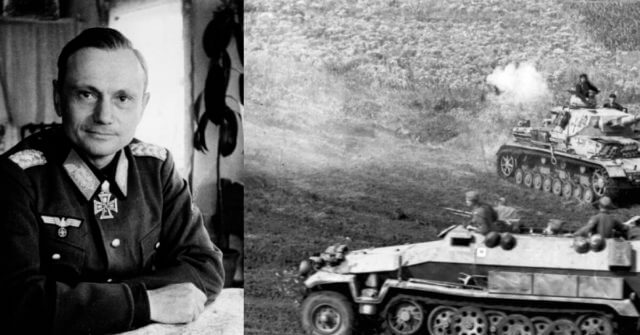Herman Balck might be one of the most effective German Generals, whose actions are largely forgotten today. He came from a military family, his father, William Balck being a General in the Imperial German Army. Herman enrolled in the Hanoverian Rifle Battalion 10 in Goslar as a cadet in 1913. The following year he continued his education at the Hanoverian Military College. However, the war interrupted his studies, and he became a mountain infantry officer, at the age of 21.
Balck got the chance to prove his military skills early in WWI. His unit was entrusted with a vital role; leading a crossing at Sedan. A town of major strategic and symbolic significance, it was the place of a great Prussian victory during the Franco-Prussian war of 1870.
From then on, Balck’s military career skyrocketed ― he served on both the Western and Eastern fronts, in the Balkans and Italy. He was nominated for the highest Prussian military decoration ― Pour Le Merite medal. The defeat of the German Army in 1918 interrupted the citation process, and he never received the award. When the war ended, young Hermann was in command of a machine-gun company.
Balck was a highly decorated officer after the First World War, as he bore on his chest the Iron Cross 2nd Class & 1st Class, Knight of the House Order of Hohenzollern with Swords, and several other significant military medals.
After the war, Balck remained in the army as one of the 4,000 officers who retained their service. In 1922 he joined the 18th Cavalry Regiment where he served for the next 12 years.
He turned down offers to join the General Staff twice, preferring to stay posted as a line officer. Regarding his career, it meant he deliberately slowed down his advance in the army ranks, as service in the General Staff guaranteed promotion.
However, as the interest for motorized units and tanks grew in the German Army, Balck could not resist joining the Inspectorate of Motorized Troops. They were tasked with reorganizing the existing units so they would be suitable for the new modern equipment that was in development.
During this time he befriended the famous blitzkrieg pioneer, Heinz Guderian. They were fighting side by side in France, as part of the 1st Panzer Division. Balck once again proved his decisive thinking and initiative by spearheading the crossing over the River Meuse, and establishing a well-held bridgehead on the far side of the river.
After the fall of France, Herman Balck with his Panzer Division continued the conquest of Europe. He played a key role in overcoming the Greek Metaxas Line ― a complex system of fortifications similar to the French Maginot Line. Balck’s successfully captured Thessaloniki, one of the largest cities in Greece with great strategic importance.
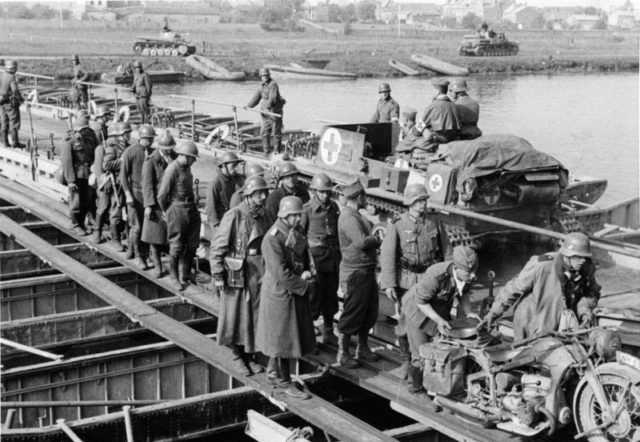
After Greece, he returned to his prior duties in the Inspectorate of Armored Forces where he continued to organize and reform the Panzer Divisions.
He then joined his influential friend, Guderian, on the Eastern Front, where the bloodiest battles were yet to come. He was put in command of an elite unit of the Heer (the land forces component of the Wehrmacht) ―The Panzer Grenadier Division Grossdeutschland.
This was the best equipped and trained unit in the Army. With Balck as their leader, they took on the Second Offensive on Zhitomir in Ukraine in 1943 (first one being in 1941).
The town of Zhitomir and the surrounding area was the place which would become Himmler’s notorious Ukrainian headquarters. It was one of the experimental grounds for the German colonization of Eastern Europe.
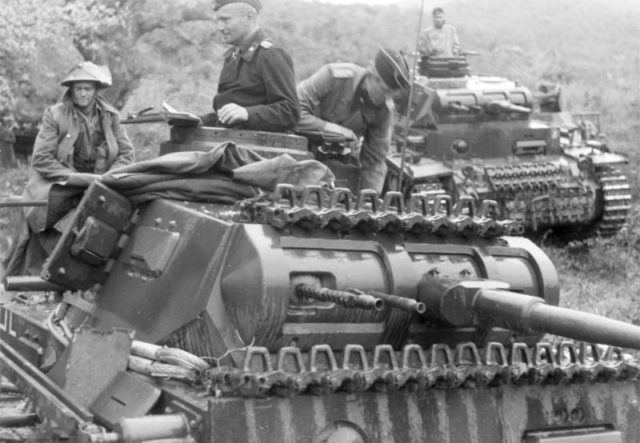
By 1943, Hermann Balck was already ranked Generalleutnant, an equivalent of the major general. In July 1944 Balck commanded the defense force during the initial phase of the Soviet Lvov-Sandomierz Offensive. He was also closely involved in the failed relief attempt of the encircled XIII Army Corps. They were trapped in a pocket near the Ukrainian city of Brody. Despite all efforts, the men in the pocket failed to receive reinforcements and were annihilated.
In September 1944, the utter decline of the German Army was evident on all fronts. Balck was transferred to France where he faced the Allies under the command of the American General Patton. The Germans were outnumbered and forced to obey Hitler’s insane ideas which led to the downfall of the Western front. His old friend, Heinz Guderian requested he be transferred to Hungary, to stop the advancing Red Army. Instead, he surrendered to the Americans.
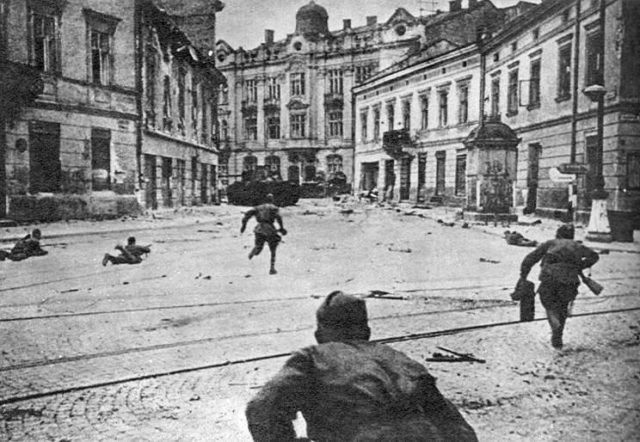
On May 8, 1945, the Lieutenant General of Armored Troops Herman Balck ended his war by surrendering to the U.S. XX Corps in Austria.
During WWII he collected a large set of army decorations, gradually advancing to the highest military honor in the Wehrmacht ― Knight’s Cross of the Iron Cross with Oak Leaves, Swords, and Diamonds.
Herman Balck was mentioned in several extensive studies of German tank tactics during the war. U.S. General William DePuy considered him to be “perhaps the best division commander in the German Army.”
After the war, he was in captivity until 1947. On several occasions he was offered to participate in the US Army Historical Division’s study on the war, making his position as a POW more difficult. After he had been released, Balck found a job as a depot worker.
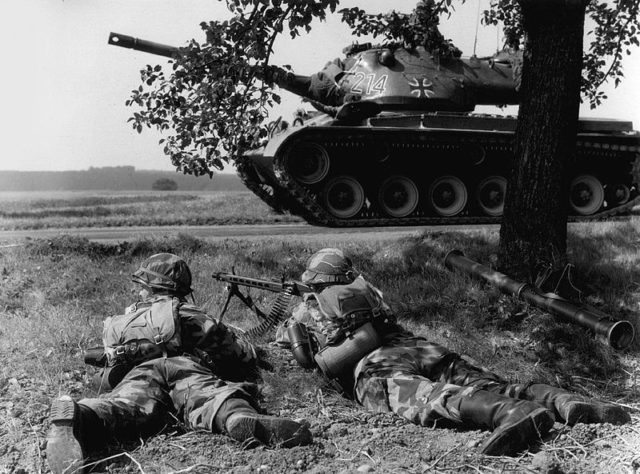
However, the following year, he was once again imprisoned. He was on trial for an unauthorized execution of an artillery officer who refused to obey his orders. The officer in question was Lieutenant-Colonel Johann Schottke, and the event occurred on November 28, 1944, near Saarbrücken. Schottke’s unit had failed to provide supportive artillery fire upon their designated target area. It was determined that Schottke was found drunk on duty, which was the reason for his execution.
Balck was found guilty and sentenced to three years in prison. He served approximately half of his punishment and was granted an early release. In the late 1970s and early 1980s, Balck’s expertise was once again put to use in a series of seminars for NATO officers. These were held with Friedrich von Mellenthin, another highly decorated officer of the former Wehrmacht.
Herman Balck died on November 29, 1982 (aged 88) in Asperg, Baden-Württemberg, West Germany. He left behind his memoirs entitled Order in Chaos: The Memoirs of General of Panzer Troops Hermann Balck (originally titled Ordnung im Chaos / Erinnerungen 1893 – 1948).
